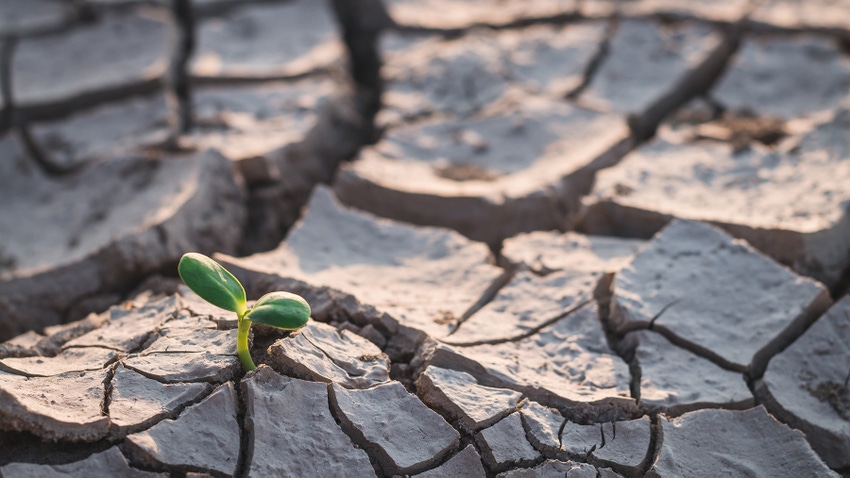
Described as a labor of love by one of its developers, the LSU AgCenter’s new web-based Drought Irrigation Response Tool, or DIRT, will greatly benefit farmers during one of the driest seasons on record.
The DIRT webpage describes the tool as “an integrative platform that assists farmers in making irrigation scheduling decisions during the crop season,” not only during drought years, but every year.
Upon signing into the DIRT portal, users set up a field or single irrigation set using a map and basic inputs like crop type and planting date. From there, the tool estimates soil moisture in the field and alerts the user when irrigation is needed.
One of the principal investigators during the project’s development, AgCenter state extension irrigation specialist Stacia L. Davis Conger, said the tool was developed while educating farmers on how to install, use and interpret soil moisture sensors for making their scheduling decisions.
“Some farmers like to adopt technologies and this method worked for them, but many farmers told me that the time and money required to keep up with managing sensor technologies throughout the crop season wasn’t really feasible,” she said. “It became clear that we still needed a way for them to make irrigation decisions using scientific methods without burdening the farmers with extra manual labor.”
Sensor data
Conger took sensor data collected from three AgCenter research station plot studies conducted in 2015 and 2016 as well as multiple on-farm trials collected over the same years and used it to calibrate and validate an irrigation scheduling spreadsheet.
The three research stations chosen were Red River, Macon Ridge and Northeast for their focus on corn, cotton and soybeans at the time. The three stations have appreciably different soil types that affect irrigation scheduling.
“The idea was that we may not be able to help farmers pay for, install or manage a sensor every year, but we can support the training needed to teach farmers how to use the spreadsheet,” she said. “And it would be free to use as an extension tool.”
Conger’s team continued to test the tool every year since it was developed and incorporated a few new crops. But, according to Conger, introducing spreadsheets to farmers was not a great selling point when trying to bridge the technological divide, especially when there was no free and reliable evapotranspiration and rainfall data required to operate the tool.
In July of last year, while agricultural drought set into the crop season, Conger partnered with Carol Friedland, director of the AgCenter LaHouse Research and Education Center, and Robert Rohli, a professor from the LSU Department of Oceanography and Coastal Sciences, who were already working in climate-related responses to natural disasters.
“We applied for funding through the United States Department of Agriculture Rapid Response to Extreme Weather Events Program to convert the spreadsheet into a web tool,” Conger said. “This funding allowed us to connect the web tool with a reliable weather data source while we work on a better long-term solution.”
The DIRT webpage can be found at https://www.lsuagcenter.com/topics/crops/irrigation/dirt.
Source: Louisiana State University AgCenter
About the Author(s)
You May Also Like




